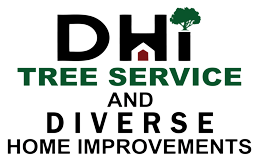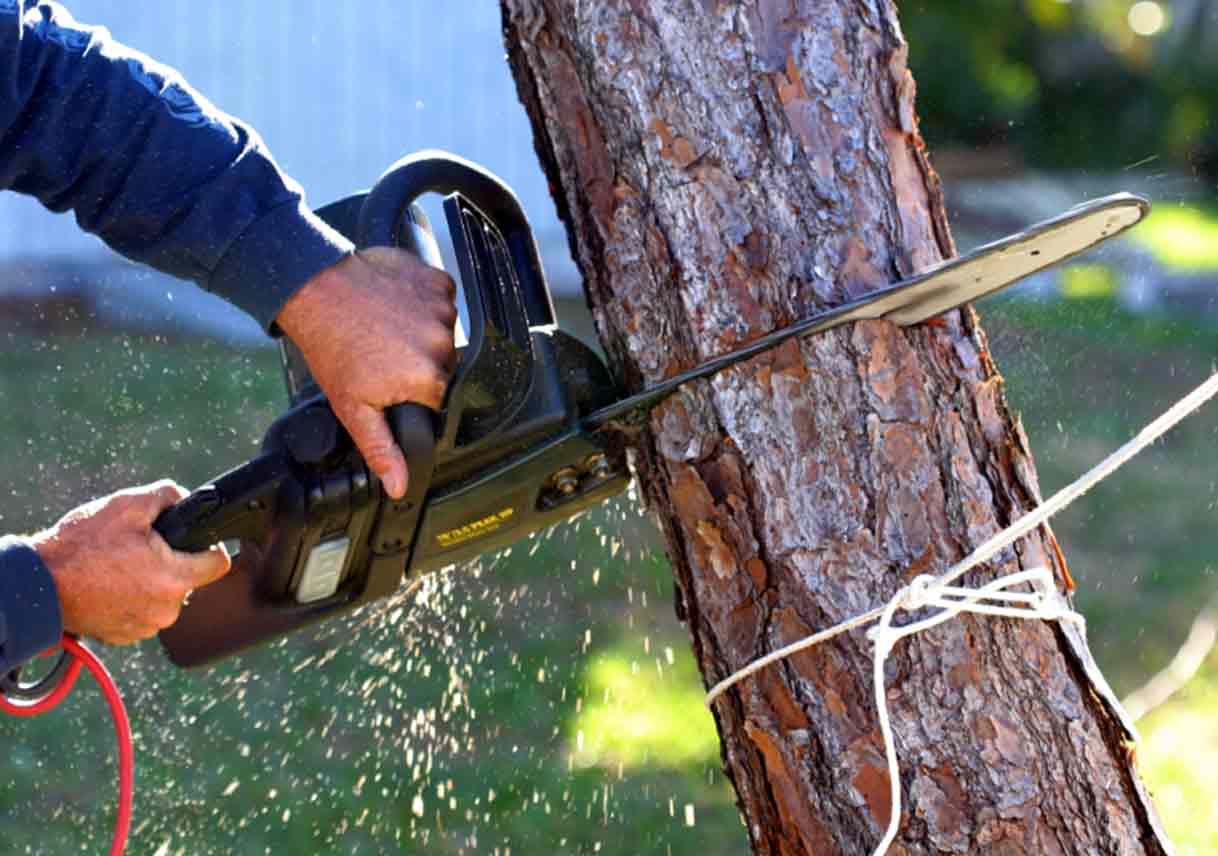“Safety is not just a slogan, it’s a way of life—especially when it comes to tree removal.”
The usage of suitable tools People may safely and quickly remove trees by assessing tree health, using safety equipment, asking for qualified assistance when necessary, adopting safe practices, and cleaning up after removal. For your information, DHI Tree Services in New Jersey plays the main role in the tree removal market. To minimize injury and assure safety, tree removal necessitates meticulous planning, safety standards, and equipment.
Prioritizing safety at every stage of the process not only protects the people involved but also reduces potential damage to property and the environment. Following these tips guarantees a safe and effective tree removal experience, whether you do it yourself or hire a professional. You can also have Tree Removal Services in New Jersey.
Let’s talk about safe and efficient tips for tree removal:
Tree removal is a job that needs quality, setup, and a heavy focus on safety. Whether the tree represents a hazard to the property or has to be removed for another purpose, executing the job correctly and safely is critical. Here are five useful tips to guarantee that the tree is removed safely and securely.
Assess the Tree and Surroundings- Tree Removal
Before any tools are brought out, a comprehensive assessment of the tree and its surroundings is crucial. Evaluate the tree’s height, lean, and any potential hazards such as nearby power lines, structures, or uneven ground. Assessing these factors helps determine the best removal approach and ensures safety for both the workers and the property.
Plan the tree Removal Process-
Once the assessment is complete, create a detailed plan for the removal process. Consider the direction of the tree’s fall, the tools required, and the necessary safety measures. Decide on the cutting technique – whether it’s a straight drop or a piecemeal dismantling. Planning minimizes risks and streamlines the operation, making it more efficient.
Use Proper Safety Equipment for tree removal-
Safety should never be compromised during tree removal. Equip all workers with appropriate safety gear, including helmets, eye protection, gloves, and sturdy footwear. Additionally, harnesses and climbing equipment should be used for workers scaling the tree. Having the right gear significantly reduces the chances of accidents and ensures everyone’s well-being.
Employ Correct Cutting Techniques-
Utilize proper cutting techniques based on the tree’s size, shape, and location. For larger trees, strategic cuts to control the fall direction are vital. Employing professionals who are skilled in directional felling or dismantling techniques ensures controlled tree removals, preventing damage to surrounding property. Also, consider using equipment like cranes or ropes to manage the tree’s descent safely.
Clear the Area and Clean Up- (tree removal)
Once the tree is down, the work isn’t over yet. Clear the area promptly to eliminate any potential hazards. Remove debris, branches, and stump remnants to ensure the space is safe for both workers and passersby. Cleaning up thoroughly not only completes the job but also leaves behind a tidy and safe environment.
What is the Important role of tree removal?
While tree removal is important in a variety of scenarios, it is critical to do it carefully, taking into account the environmental effects and ensuring that it is done safely and professionally. Moreover, Large Tree Removal in Westwood has more impact on the overall tree removal market. Proper planning, as well as replanting or landscaping efforts following removal, can help to preserve the area’s ecological balance and aesthetic attractiveness.
Safety-
Trees that are damaged, diseased, or leaning dangerously pose significant safety hazards. Removing such trees prevents potential accidents like falling branches or the entire tree, which could cause injuries or property damage.
Property Protection-
Trees too close to buildings or power lines can damage property during storms or high winds. Removing them prevents potential structural damage or disruptions to utility services.
Land Development-
When preparing land for construction or landscaping projects, tree removal might be necessary to clear the area and create space for new structures or plants.
Health and Aesthetics-
Sometimes, trees might need removal to maintain the health of other nearby trees or the overall landscape’s aesthetics. This can involve removing dead or diseased trees to prevent the spread of illness or to enhance the beauty of the surroundings.
Risk Mitigation-
Trees that have grown too large or have extensive root systems might threaten the stability of nearby structures or interfere with infrastructure. Removing them helps mitigate risks associated with their growth.
Ecological Balance-
In some cases, the removal of certain trees, especially invasive species, can contribute to restoring the ecological balance in an area, allowing native species to thrive.
What is the role of tree removal expect?
Tree removal professionals are critical in removing trees safely and effectively while reducing dangers and maintaining adjacent landscapes. Their usual tasks and roles include:
Assessment and Planning-
Before tree removal, experts assess the tree’s health, size, surrounding environment, and potential risks. They create a detailed plan for the removal process, considering the best techniques to use and ensuring safety measures are in place.
Safety Measures-
Ensuring safety is paramount during tree removal. Experts use appropriate safety equipment such as helmets, gloves, harnesses, and eye protection. They follow strict safety protocols to protect themselves, bystanders, and property.
Specialized Techniques-
Various cutting and dismantling techniques train tree removals experts. Depending on the tree’s size, location, and condition, they use specialized tools and methods to safely remove the tree in sections or fall it in a controlled manner.
Equipment Handling-
They skillfully handle specialized equipment such as chainsaws, ropes, cranes, and wood chippers. Using this equipment requires expertise to efficiently and safely remove trees without causing damage to nearby structures or landscapes.
Environmental Consideration-
Professionals often consider the environmental impact of tree removals. They may suggest alternative options, like tree trimming or relocation if it’s feasible and beneficial for the environment.
Debris Removal and Cleanup-
After tree removals, experts handle the cleanup process. DHI Tree Services removes debris, branches, and stump remnants, ensuring the area is safe, clean, and ready for further landscaping or construction.
Consultation and Advice-
Tree removal experts often provide advice on tree care, maintenance, and planting. They might offer recommendations for tree species suitable for specific environments or advise on landscape design.
Compliance and Regulations-
Professionals are familiar with local regulations and permits required for tree removals. They ensure compliance with legal requirements before initiating the removal process.
Conclusion:
Achieving safe and successful Large Tree Removal in Westwood New Jersey requires an ordered approach involving planning, talent, and strict attention to safety protocols without compromising the advice of this resource. It is essential to execute this task effectively and avoid potential dangers. You have more options like Best Tree Care Services in New Jersey.

